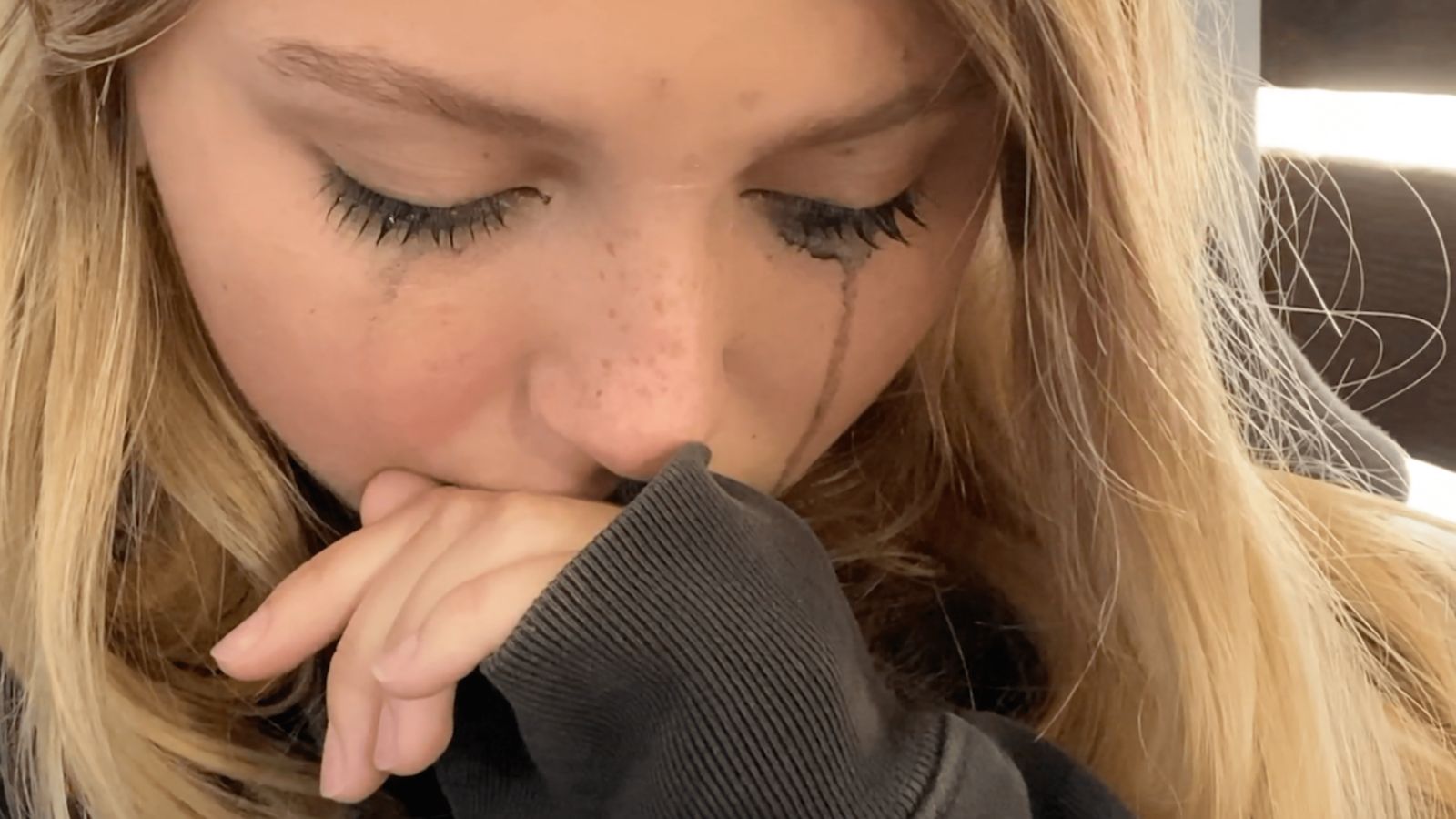Watching Frederic Da’s Teenage Emotions can feel like a bit of a shock at first. Shot entirely on iPhones in extreme close-ups, Da films teenagers around a Los Angeles high school in what looks like raw, point-and-shoot footage. In its opening minutes, the shoddy and garish nature of the visuals makes the film look like it could be mistaken for an assignment made by one of its characters. But in no time these perceived flaws turn out to be the film’s greatest assets. On a surface level, Teenage Emotions is an ugly film, but that ugliness helps give it a vitality that makes it one of the most authentic and entertaining portraits of high school in ages.
Part of its success comes from what Da manages to capture, taking an approach that blends construction with observation. There’s no doubt that Teenage Emotions is largely fiction, at least on a story basis. But it’s also apparent that Da is working with real kids at a real school (they’re all students of his), which puts the film in a sort of adjacent reality. There’s a sense of comfort between everyone on screen, and it’s likely that the use of iPhones allowed for a minimal presence behind the camera that helped shed away any sense of self-awareness. At its best, conversations play out with a level of naturalism where it’s easy to wonder if some students are even aware they’re being filmed. The fact that these moments happen so often is a bit of a remarkable achievement in itself.
It’s a feat that doesn’t always work, which can be understandable given the sprawling structure and large, ensemble cast. Things unfold as a series of largely disconnected subplots, although several take up more prominent space; Jaya (Jaya Harper) relies on her popular friend for advice on how to get with guys; Jayden (Jayden Capers) tries dealing with his misogynistic group of friends; and freshman Silas (Silas Mitchell) struggles with the news of his longtime crush dating a senior. These three actors have some of the strongest performances, so their larger presence makes sense. Other stories, like one student forcing his introverted younger brother to socialize when he’d rather stay indoors at lunch, hinge on staged conflicts that clash against the effortless realism of other sequences.
Luckily, these awkward moments don’t threaten the rest of Da’s film, and can even help it in some ways. While there’s plenty of plot to go around its dozen or so characters, there’s little action outside of their casual hangouts at school. The story provides an outline, but the film shines brightest in the details: the misplaced confidence of youth, the bad skin and acne (shown in great detail thanks to the close-ups), the performative nature that comes with social settings, and the state of constant development that can only be embodied by kids going through it.
Da had no choice but to finish his film due to the Coronavirus pandemic shutting down schools, leaving multiple storylines without a conclusion. But the dangling threads aren’t especially noticeable, given we’re looking at characters whose own stories are barely even beginning. Most films dealing with adolescence tend to approach things from an older perspective, looking back on high school with a filter of hindsight applied to it. Teenage Emotions succeeds in showing teenagehood in the present tense, making it a genuinely exciting and distinct debut.
Teenage Emotions screened at Slamdance Film Festival.

